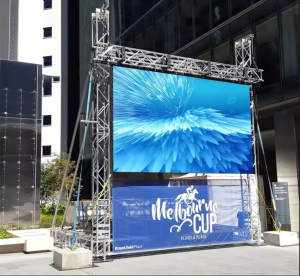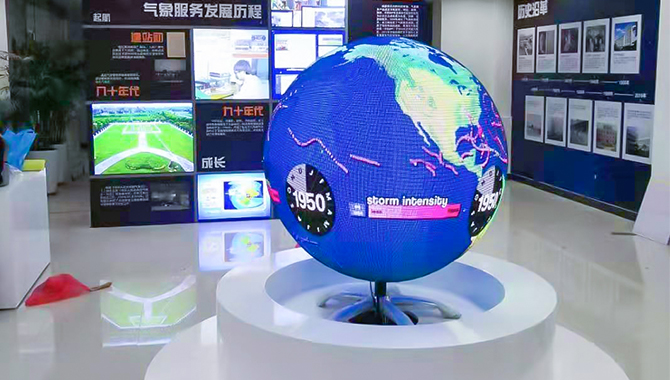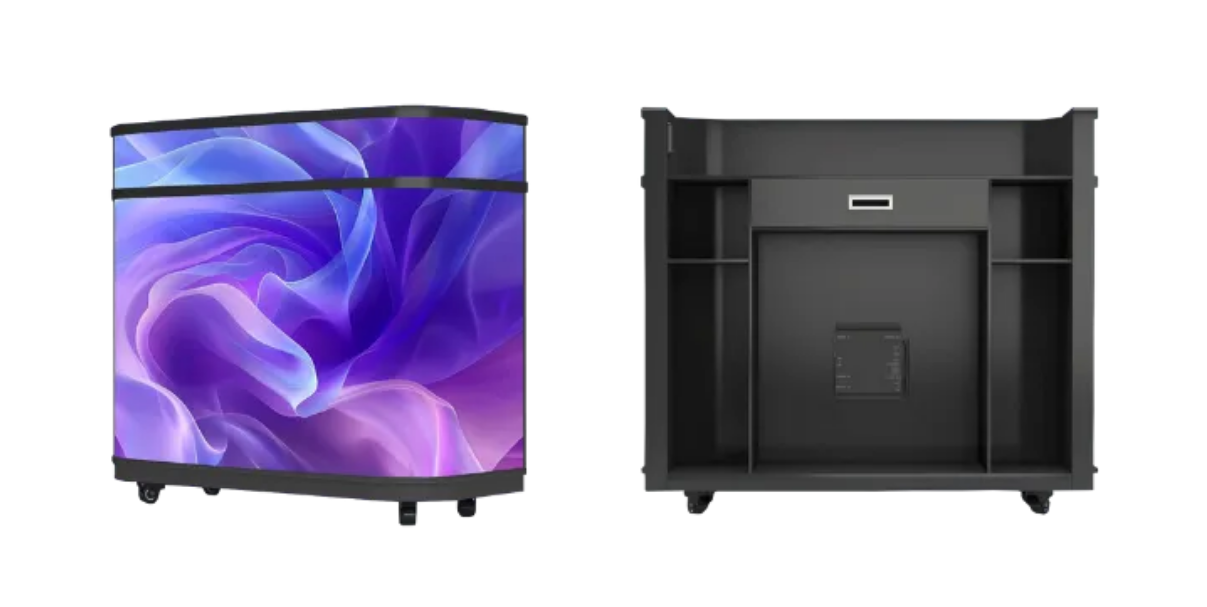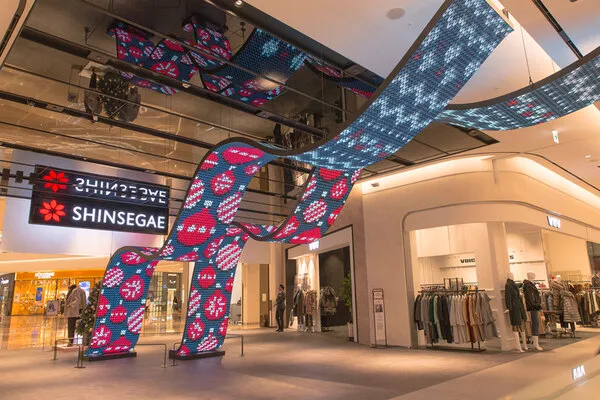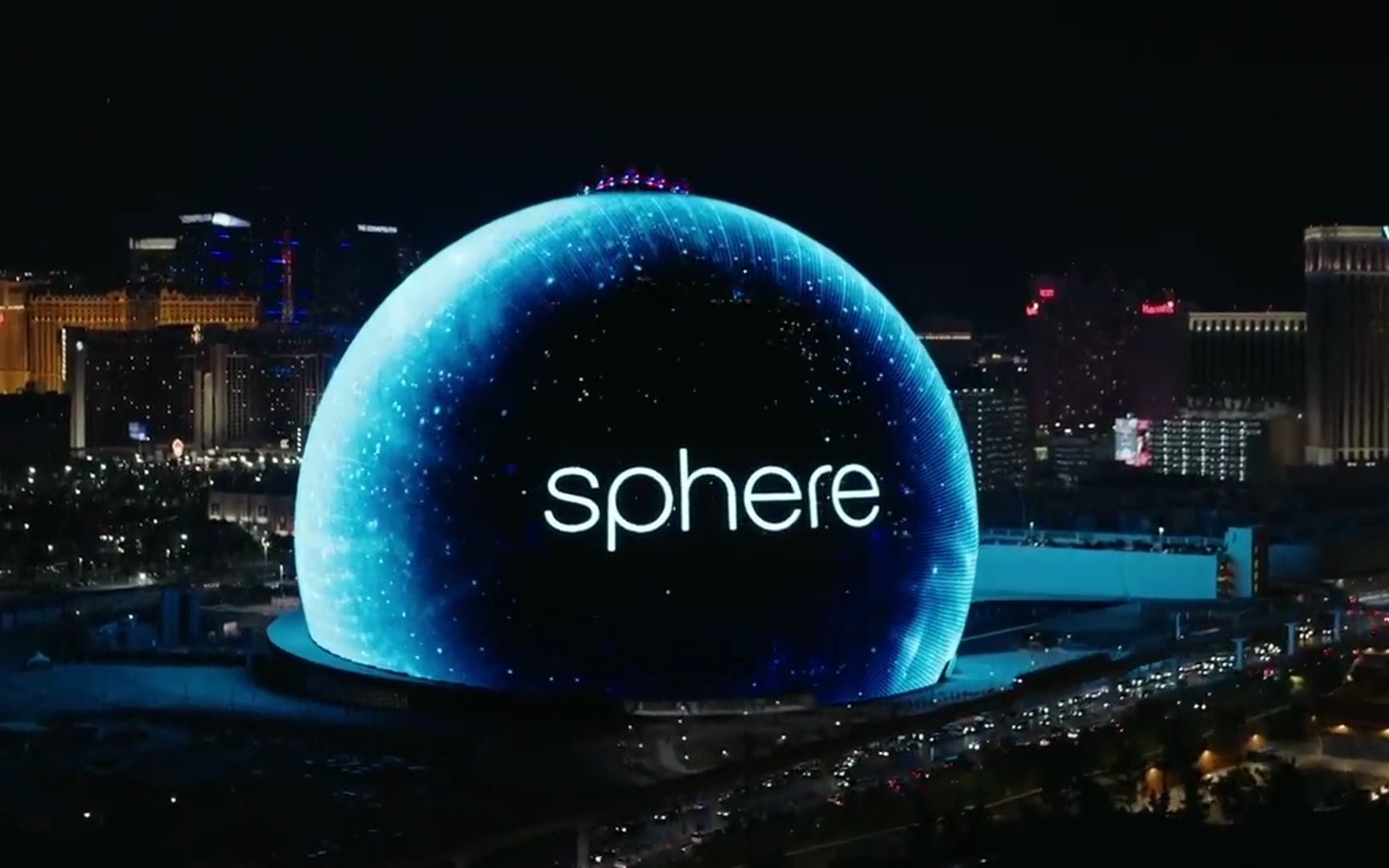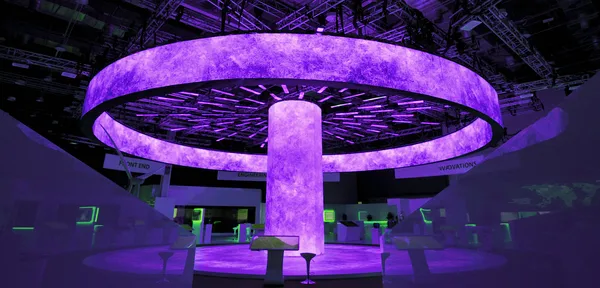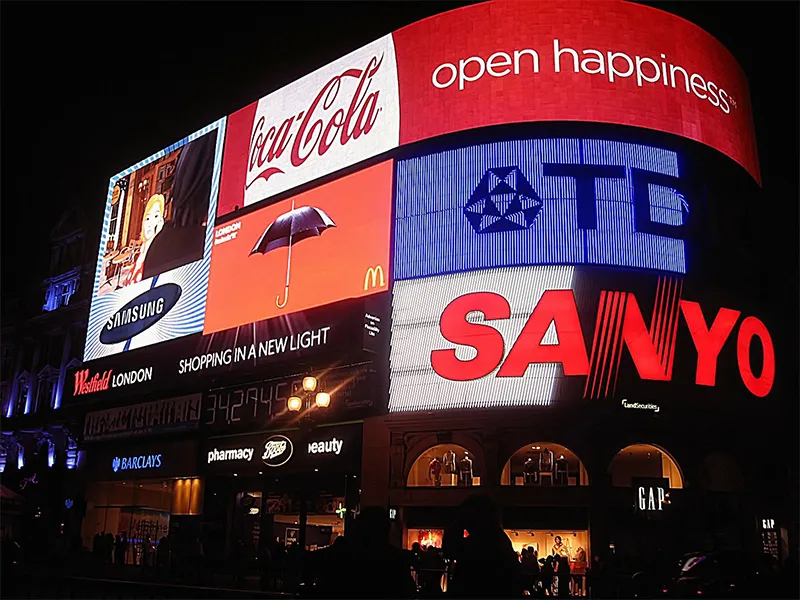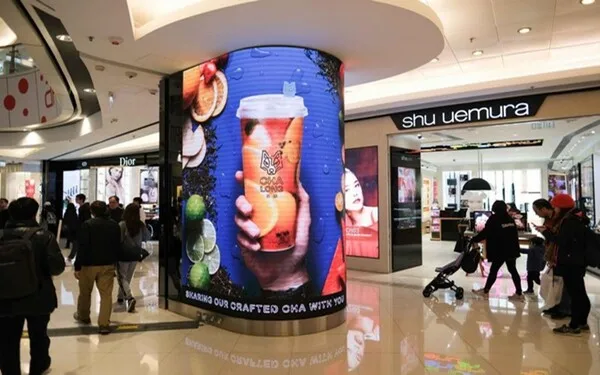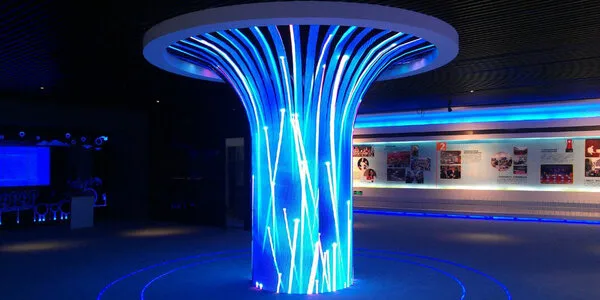Planning an event? You must be interested in how to choose the best LED screen hire for events!
Whether it’s a music festival, trade show, corporate gathering, or product launch, a great screen helps bring your visuals to life and grabs your audience’s attention.
But with so many options—different pixel pitches, brightness levels, screen sizes, and installation types—it’s easy to feel overwhelmed.
That’s why we’ve put together this practical guide to help you choose the right LED screen rental for your events, with clarity and confidence.
#Muenled
#LEDdisplay
